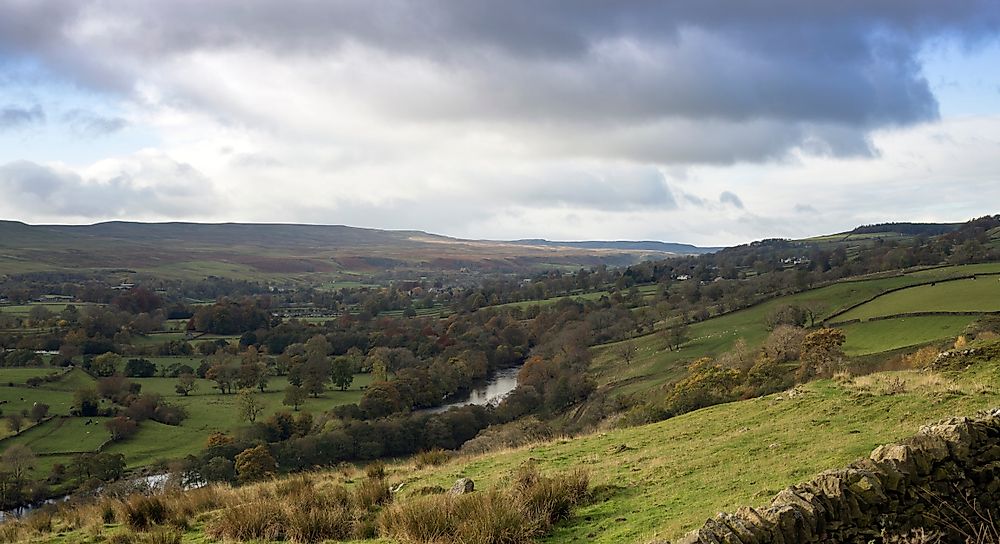What Are The Thankful Villages? Why Do They Go By This Name?

Thankful Villages is a phrase used to refer to some villages in England and Wales that have no war memorials from the First World War. The absence of war memorials from the Great War in these villages stems from the fact that they suffered zero military fatalities during the First World War. The phrase was first coined in the 1930s in a popular book Enchanted Land by British author Arthur Mee. Originally established to be 32 in number, the official number of Thankful Villages in England and Wales currently stands at 53. However, the existence of such villages where no military fatalities were recorded during the Great War is not exclusive to the United Kingdom. An example is Thierville in France which had no military fatalities from the Great War.
Origin of the Phrase
The phrase was popularized by renowned 20th Century British journalist, Arthur Mee, in the early 1930s. Arthur had used the term in his book Enchanted Land published in 1936, which was part of his critically-acclaimed The King’s England series. In his book, Arthur outlined 32 villages whose residents had enlisted during the Great War, and all of them returned safely to the villages after the end of the war.
Effects of the Great War
The First World War left a trail of devastation in its wake that was unprecedented in England. Britain had entered the war after declaring war on Germany on August 4th, 1917. Official statistics show that over 0.87 million soldiers from the British Empire died in battle during the Great War. However, other sources put the figure at over 0.9 million deaths. Scotland was particularly hard hit by casualty numbers, accounting for 20% of the deaths despite Scots representing about 10% of Britain’s population. The effects of the war were aggravated by the Spanish Flu, a global pandemic that is believed to have killed about 5% of the global population at the time. Therefore, virtually all villages in Wales and England recorded deaths of people who participated in the Great War. Some communities such as Bradford suffered huge losses of life (an estimated 1,700 soldiers from Bradford died in the Battle of the Somme). The carnage caused in the war makes the existence of the 53 Thankful Villages special.
Doubly-Thankful Villages
Of the 53 villages regarded as Thankful Villages, 14 of them are said to be "doubly-thankful". These villages are considered to be doubly thankful because none of their service personnel during the Second World War died in combat. These doubly thankful villages include Catwick (Yorkshire); South Elmham St. Michael (Suffolk); Woolley and Stocklinch (Somerset); Herbrandston (Pembrokeshire); Allington, High Toynton and Flixborough (Lincolnshire); Nether Kellet (Lancashire), Middleton-on-the-Hill (Herefordshire); Upper Slaughter (Gloucestershire); Langton Herring (Dorset); Bradbourne (Derbyshire); and Herodsfoot (Cornwall).
These doubly thankful villages are unlike any other in England and Wales since they have no war memorials. Some of these doubly thankful villages such as Gloucestershire’s Upper Slaughter erected celebration plaques to celebrate their soldiers who returned alive after going through the carnage that were the two World Wars. These plaques are an expression of gratitude and act as a constant reminder to the residents of doubly thankful villages of their luck for surviving the wars.











